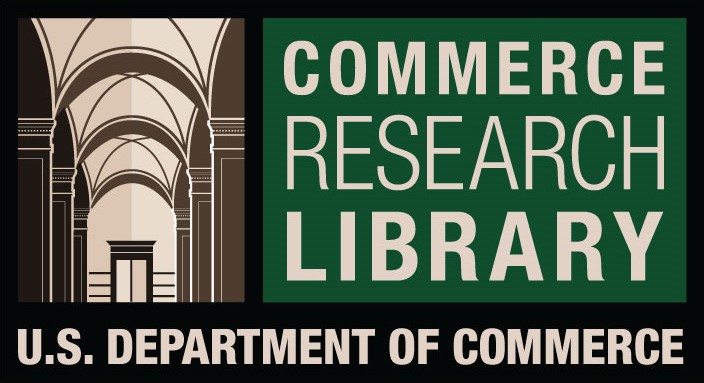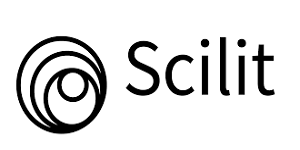A psychological approach to Model Iranian Demand for Internet
DOI:
https://doi.org/10.61841/bk4aqw06Keywords:
Psychology, Consumption behavior, Internet Demand, Limited dependent variable modelsAbstract
This article is aimed to identify the factors affecting demand for internet use among Iranian people with a special consideration of its psychological foundation. For this reason, we used Iran's Income expenditure survey data in 2019, Households internet expenditure as dependent, and some Economic, Geographic and demographic variables as control variables. Based on Double hurdle estimations, the expenditure on home internet is governed by two decisions, the decision to participate in internet connection and the decision on the amount of data to be used. Also, these two decisions, could determine by two separate sets of variables. Some household characteristics such as age, number of under 8 years members in a household, education and the economic variables found to be significant in both decisions, while the geographic ones, were only significant in the participation equation.
Downloads
References
[1] Akinbode, S, O.,& Dipeolu, A, O. (2012).Double-hurdle model of fresh fish consumption among urban
households in south-west Nigeria, Current Research Journal of Socialsciences,4(6): 431-439, 2012.
[2] Aristei, D., &Pieroni, L.(2012). A double hurdle approach to modelling tobacco consumption in Italy, Applied
economics, 40:19, 2463:2476.
[3] Burton, M., R. Dorsett, and T. Young (1996) “Changing Preferences for Meat: Evidence from UK Household
Data, 1973-1993,” European Review of Agricultural Economics, 23 (357-370).
[4] Chern,W.,K,Ishibashi,& K,Tokoyama.(2003).Analysis of Food Consumption of Japan ́s Household .FAO
Economic and Social Development. 68:152-190.
[5] Carlin, P. and L. Flood (1997) “Do Children Affect the Labor Supply of Swedish Men? Time Diary vs. Survey
Data,” Labour Economics, 4 (167-183).
[6] Cheng, H. and O. Capps, Jr. (1988) “Demand Analysis of Fresh and Frozen Finfish and Shellfish in the united
States,” American Journal of Agricultural Economics, 70:3 (533-542).
[7] Flood, L. and U. Gråsjö (1998) Regression Analysis and Time Use Data A comparison of Microeconometric
Approaches with Data from the Swedish Time Use Survey (HUS), Göteborg University, School of Economics
and Commercial Law, Working Papers in Economics, No 5.
[8] Flood, L. and U. Gråsjö (2001) “A Monte Carlo Simulation Study of Tobit Models,” Applied Economics
Letters, 8 (581-584).
[9] Cragg, J.(1971). Some Statistical models for limited dependent variables with application to the demand for the
durable goods, Econometrica, 23, 59-80.
[10] Deaton, A. and M. Irish (1984) “Statistical Models for Zero Expenditures in Household Budgets,” Journal of
Public Economics, 23:1-2 (59-80).
[11] Dow, W. and E. Norton (2003) “Choosing Between and Interpreting the Heckit and Two-Part Models for
Corner Solutions,” Health Services & Outcome Research Methodology, 4 (5-18).
[12] Heckman, J. (1979). Sample selection bias as a specification error, Econometrica, 47, 153-61.
[13] Heien, D. and C. Durham (1991) “A Test of the Habit Formation Hypothesis Using Household Data,” The
Review of Economics and Statistics, 73:2 (189-199).
[14] Heien, D. and R. Wessells (1990) “Demand Systems Estimation with Microdata: A Censored Regression
Approach,” Journal of Business and Economic Statistics, 8:3 (365-371).
[15] Jones, A, M. (1992). A note on computation of the double hurdle model with dependence with an application
of Tobacco expenditures, bulletin of economic research, 44, 67-74.
[16] Jones, A. M. (1989). A Double-Hurdle Model of Cigarette Consumption, Journal of Applied Econometrics, 4,
23-39.
[17] Jones, A, M., Yen, S, T.(2000). A box-cox double hurdle model, Manchester school, 68, 203-221.
[18] Jones, A, M., & Yen, S. (1996). Individual cigarette consumption and addiction: a flexible limited dependent
approach, Health economic, 5, 105-117.
[19] Kalenkoski, C., D. Ribar, and L. Stratton (2005) “Parental Child Care in Single-Parent, Cohabiting, and
Married-Couple Families: Time-Diary Evidence from the United Kingdom,” American Economic Review,
95:2 (194-198)
[20] Kimmel, J. and R. Connelly (2007) “Determinants of Mothers‟ Time Choices in the United States: Caregiving,
Leisure, Home Production, and Paid Work,” Journal of Human Resources, 42:3 (643-681)
[21] McDowell, A. (2003) “From the help desk: hurdle models,” The Stata Journal, 3:2 (178- 184).
[22] Moffatt, P. (2005) “Hurdle Models of Loan Default,” Journal of the Operational Research Society, 56 (1063-
1071).
[23] Saha, A,, O. Capps, Jr. and P. Byrne (1997) “ Calculating Marginal Effects in Models for Zero Expenditures in
Household Budgets Using a Heckman-Type Correction” Applied Economics, 29:10 (1311-116).
[24] Sabaghkermani, M. and Najafi, N(2005), “Estimating the Internet Demand Function: Case Study of Iran. “
Iranian Journal of Trade Studies, 36: 9(14-31)
[25] Salem, A, and Morovat, H.,(2018), " Estimation of Internet Demand by Iranian Urban Households" Quarterly
Journal of New Economy and Trade, 13:4 (109-130)
[26] Sayer, L., S. Bianchi and J. Robinson (2004) “Are Parents Investing Less in Children? Trends in Mothers‟ and
Fathers‟ Time with Children,” American Journal of Sociology, 110:1 (1-43).
[27] Tobin, J. (1958). Estimation of relationship for limited dependent variables, Econometrica, 26, 24-36.
[28] Voung, Q, H. (1989). Likelihood ratio test for model selection and non-nested hypothesis, Econometrica, 57,
303-333.
Downloads
Published
Issue
Section
License
You are free to:
- Share — copy and redistribute the material in any medium or format for any purpose, even commercially.
- Adapt — remix, transform, and build upon the material for any purpose, even commercially.
- The licensor cannot revoke these freedoms as long as you follow the license terms.
Under the following terms:
- Attribution — You must give appropriate credit , provide a link to the license, and indicate if changes were made . You may do so in any reasonable manner, but not in any way that suggests the licensor endorses you or your use.
- No additional restrictions — You may not apply legal terms or technological measures that legally restrict others from doing anything the license permits.
Notices:
You do not have to comply with the license for elements of the material in the public domain or where your use is permitted by an applicable exception or limitation .
No warranties are given. The license may not give you all of the permissions necessary for your intended use. For example, other rights such as publicity, privacy, or moral rights may limit how you use the material.












